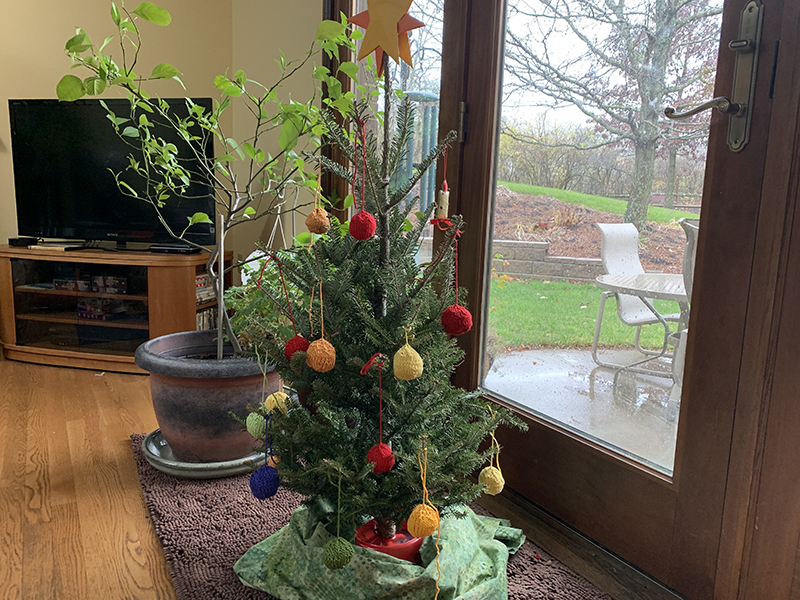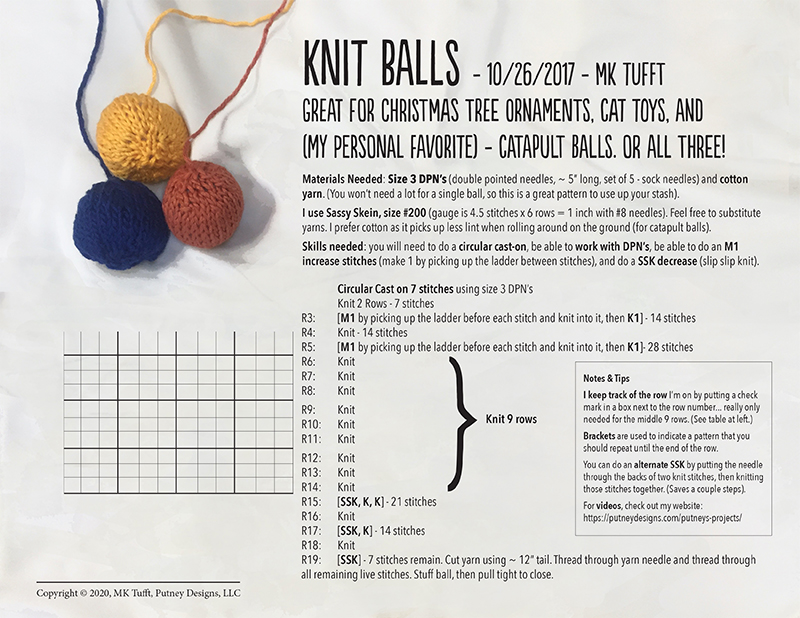Putney's Projects
Want to try your hand at making some of Putney’s Projects from the books? I’ve included sketches with instructions for some of the projects, plus a few extras!
Engineering is not just about doing STEM experiments … it’s about learning to design and problem-solve your own projects, learning by doing. Developing real problem-solving skills is best accomplished by doing – making choices, learning from them, and iterating until you’re happy with the final result. That’s something you can learn from hobbies you enjoy … like sewing for me. Sewing (and quilting) is solving problems with fabric, so I’ve also included links to some of my quilts and other designs.
What can you create?
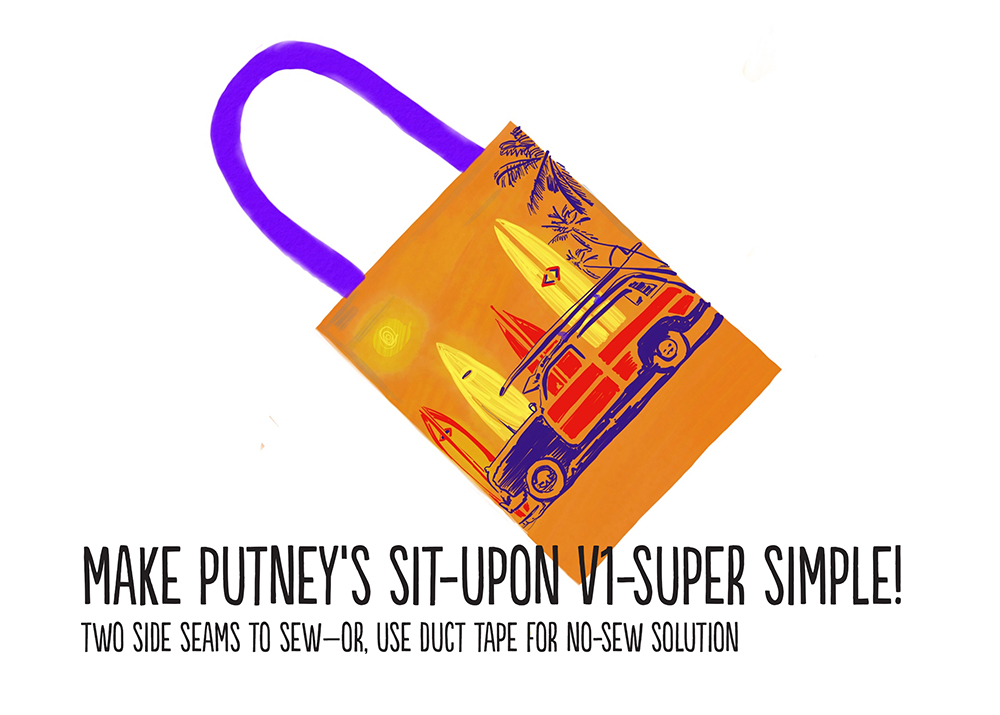
putney’s simple sit-upon - Book 1
Sit-upons are great for hiking and camping, working in the garden, or anywhere where you want a portable cushioned seat or kneeling pad. This one doubles as a carrying tote, too.
This one is super-simple to make–only two seams to sew. If sewing isn’t your thing yet, you can use duct tape to seal those edges.
Materials needed: one recyclable shopping bag and one bubble wrap envelope for padding. Optional: trash bag for tarp.
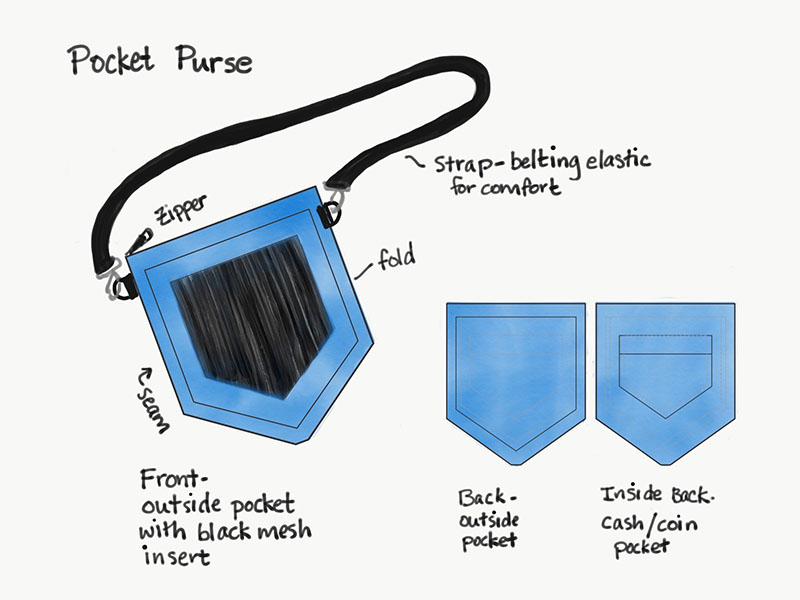
Make Putney's pocket purse - Book 2
Design your own purse, or use my templates to duplicate Putney’s Pocket Purse. Instructions and templates included… this is not a beginner sewing project! You may need help.
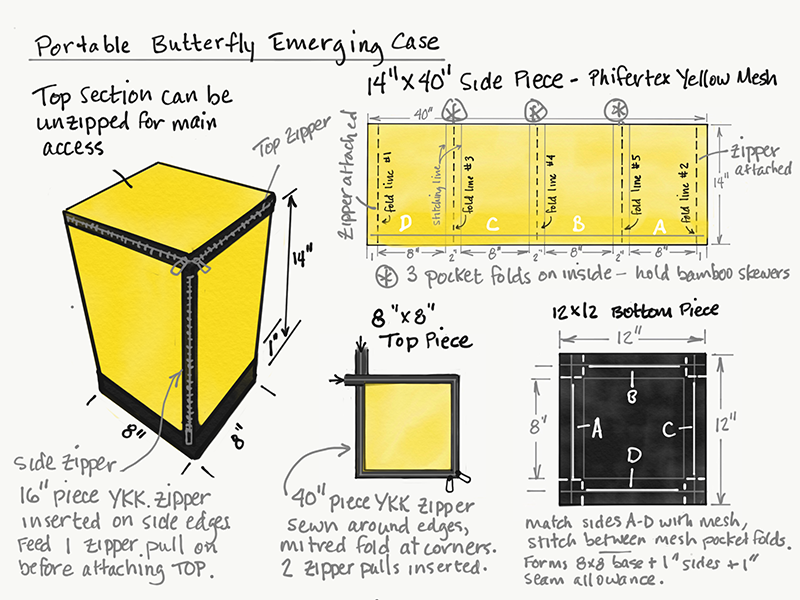
make a portable butterfly emerging case - Book 2
Want to make Putney’s Portable Butterfly Emerging Case? Instructions and materials list included… this is not a beginner sewing project! You may need help.
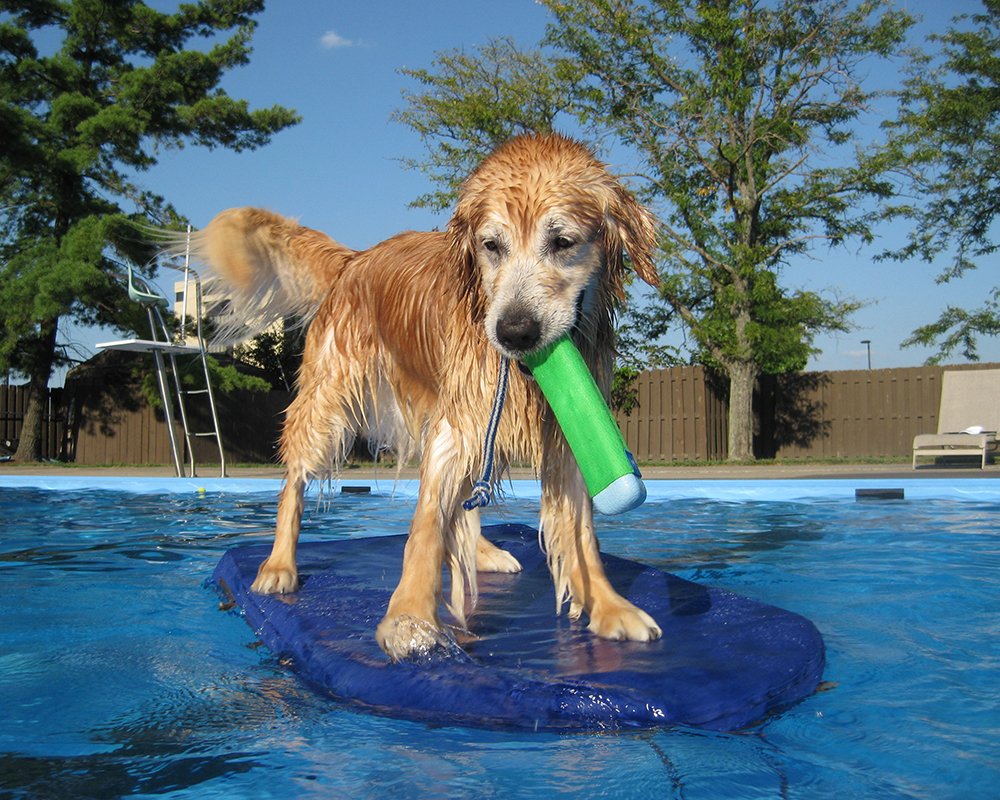
MAKE YOUR OWN SURFBOAT - BOOK 3
Want to make your own lightweight surfboat and take your dog surfing in the ocean (or maybe even a pool?)
Check out my surfboat design page!
If you want to do the math and size your own surfboat, check out my cardboard boat page!
Knit balls... great for catapults
This is an advanced beginner pattern that makes a great Christmas Tree ornament, cat toy, or (my personal favorite) catapult balls! The finished ball is about 2″ in diameter.
Skills needed: circular cast-on, knitting on double pointed needles, doing a “make 1” increase (M1), and “slip slip knit” decrease (SSK), and of course a basic knit stitch. No cast-off is needed, as we simply thread the final yarn tail through the remaining seven live stitches for a drawstring closure.
Check out the pattern for more details on materials needed, and the video gallery below for step-by-step instructions.
The skills are basic, so there are other resources online if you’re really new to knitting.
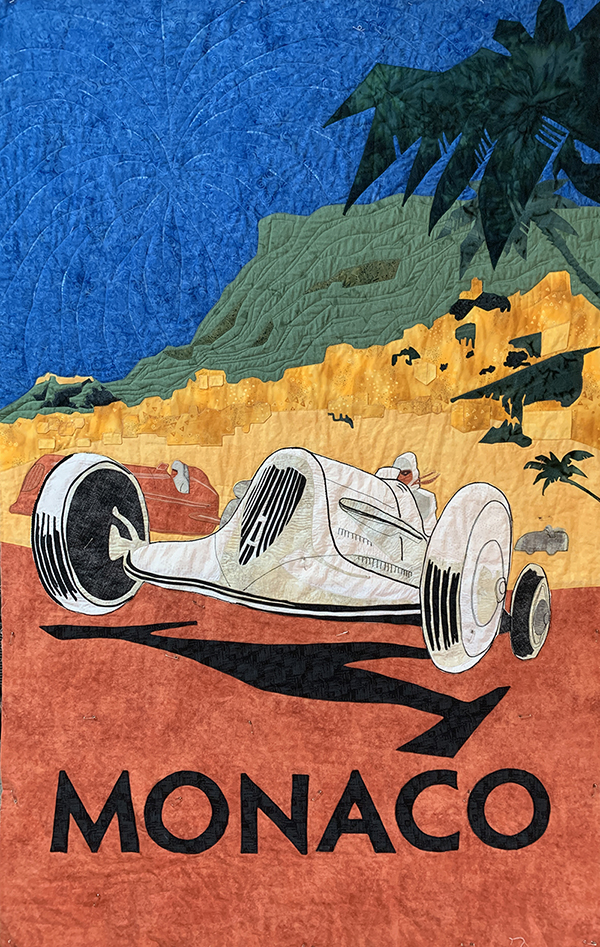
Monaco quilt design
If you’d like to see how I apply my engineering problem-solving and rapid prototyping skills to quilt design, check out my Monaco Quilt design page!
Okay, so I’m a bit behind on posting my problem-solving process… as you can see at left, I’m about half-way through the quilting process.
Reach out to me with any questions! Just scroll down to the bottom of any page to “Get In Touch” !
Check out some of my other quilts
If you’re a quilter like me, and would like to see some of my other quilt designs, like my Millennium Falcon quilt, check out my Quilt Gallery!
Quilting is solving problems with fabric! STEM doesn’t have to be just about catapults and egg drops!
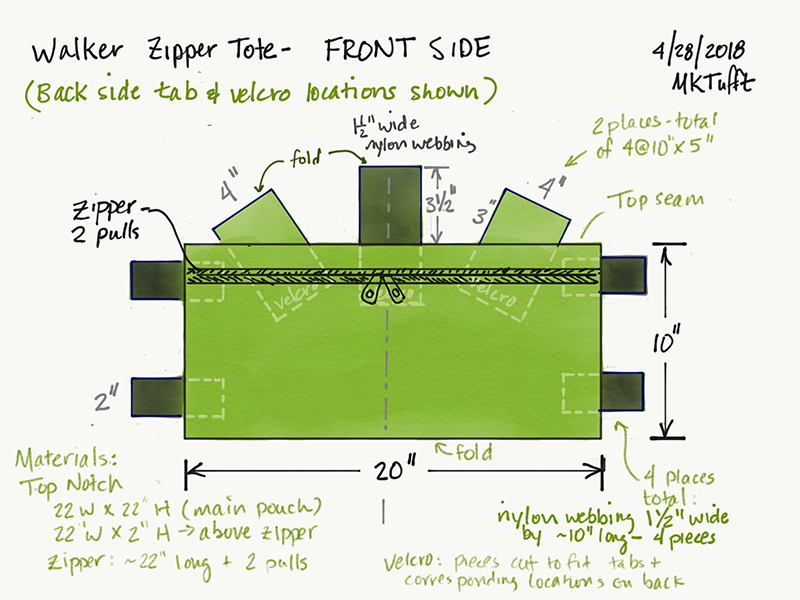
design gallery
Sewing has been a hobby for me since I was a kid in elementary school. I started making doll clothes, graduated to making some of my own clothes, then eventually designing my own things… like a life-sized stuff lion.
These days I do a lot of quilting, but I also design and make a range of totes, backpacks, and aging parent or dog items, like a balance belt, walker pouch, and a dog sling.
Sewing is solving problems with fabric. Take a look and see what you might be able to do!

